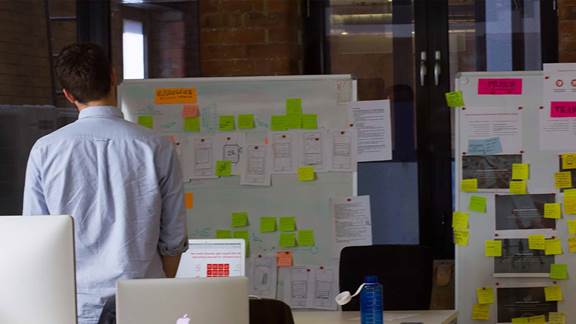Today, there’s a mobile phone in every pocket, and the mobile development ecosystem is mature. Don’t mistake that, however, for the idea that it’s also standing still - because it’s not.
Everywhere we look, new surfaces for the app are proliferating while everything around us is becoming increasingly connected. This process is enabled by cheap hardware, ubiquitous connectivity, and limitless Cloud computing capacity.
We’re rapidly moving from a world where the smartphone is the Sun - the centre of our personal solar system - to one where our experience is increasingly distributed, and proactive. Think of computing experiences as ever more ambient and interface-neutral, spread across many devices and surfaces. Our brains are fed by an increasingly complex ecosystem of connected, smart devices and data sources.
The pace of change and corresponding level of uncertainty has the potential to be confusing and potentially paralysing to the product and technology decisions that companies need to make.
In this opening post, we share with you an introduction to a particular model that can provide a useful framework for cracking this particular challenge, and help frame your tech and mobile strategy in 2017 (and beyond).
Done well, it allows you to constantly explore and adopt emerging technologies and stacks. This ensures you’re using the best technology for the job of helping your customers achieve their desired outcomes - in turn, driving outsized returns for your business.

